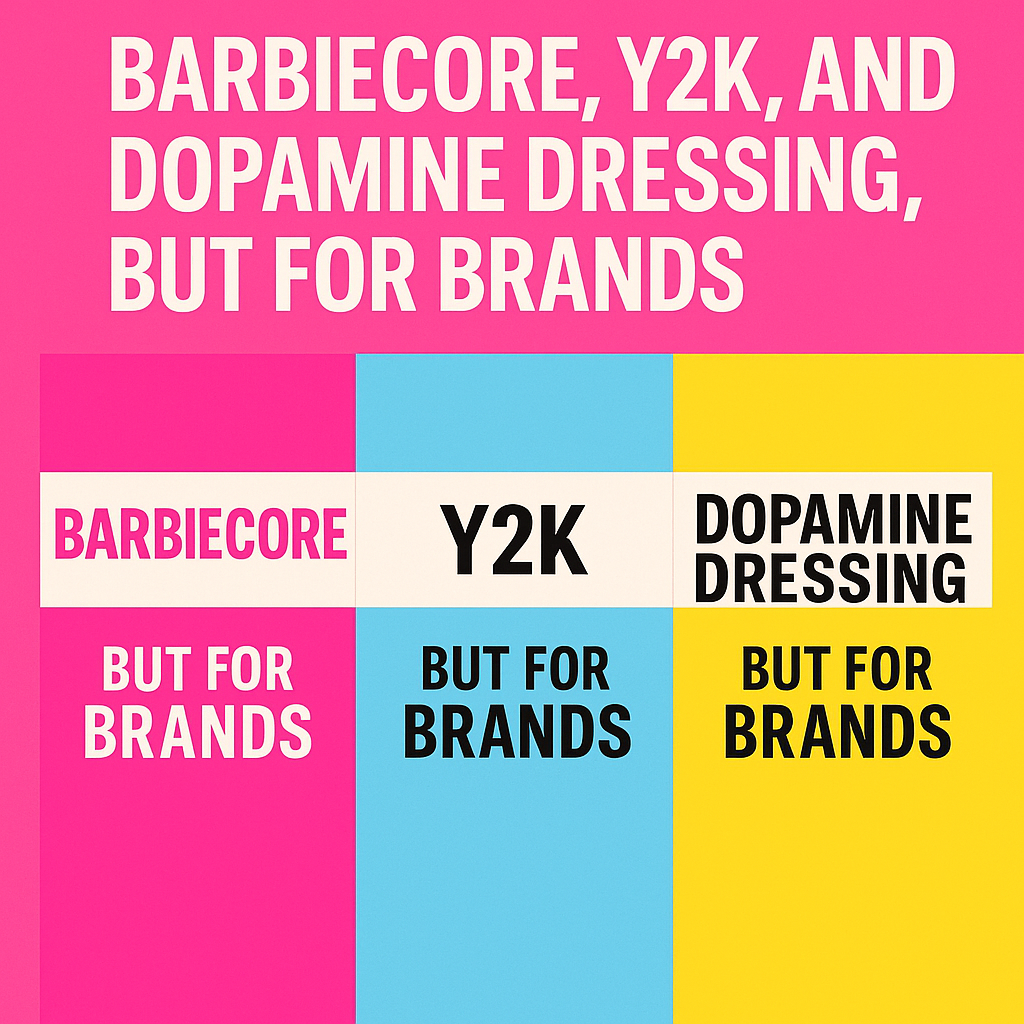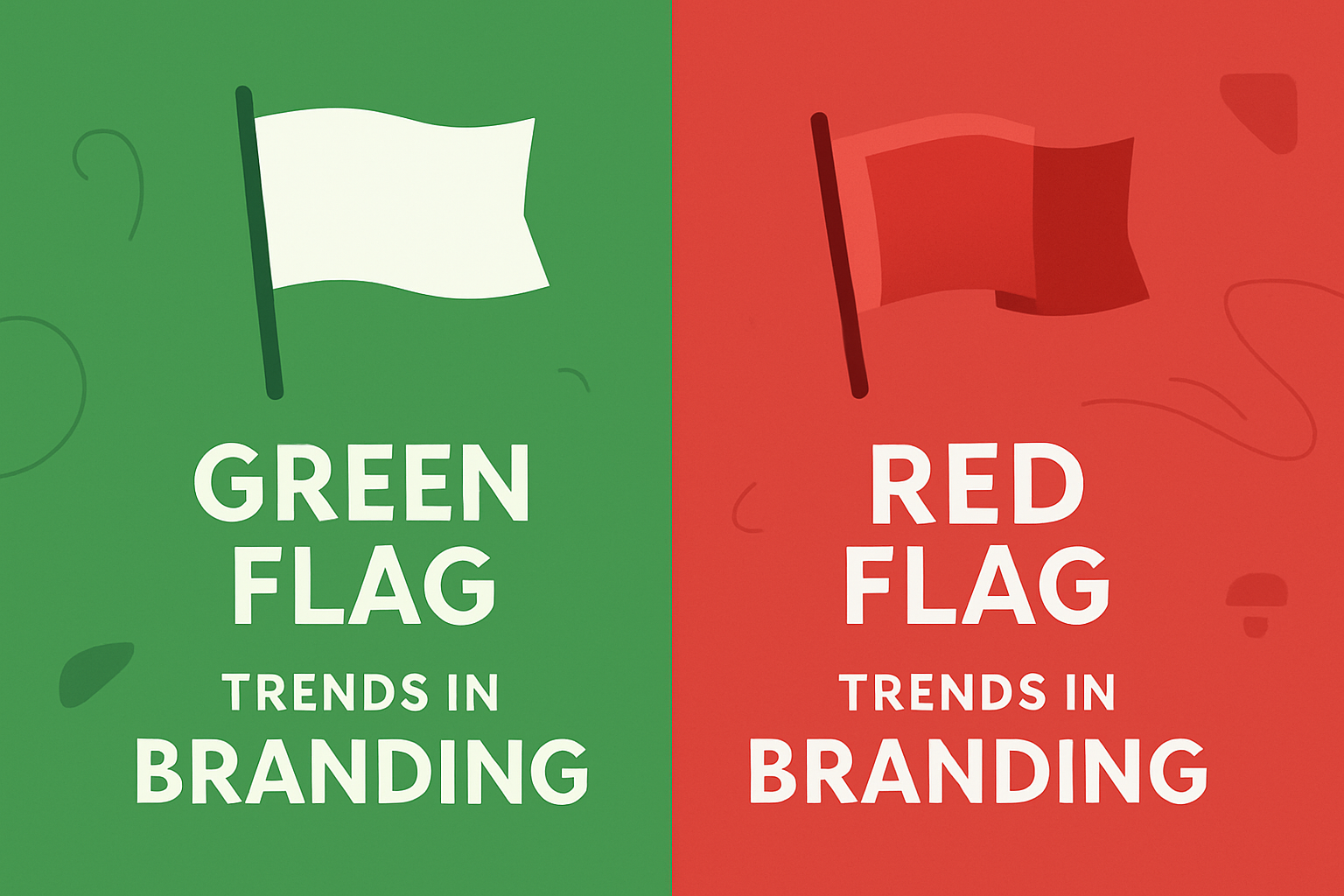2D and 3D animation has evolved into a powerful medium, used extensively in films, television, marketing, video games, and even education. For businesses, choosing between 2D and 3D animation can be a critical decision, as each style has unique characteristics and is suited for different purposes. In this blog, we’ll dive into the key differences between 2D and 3D animation, discuss their pros and cons, and help you determine which is the best fit for your project.
What is 2D Animation?
2D animation involves creating movement in a two-dimensional space, focusing on height and width without depth. Traditionally, each frame in 2D animation is hand-drawn, but today most 2D animation is done digitally. It creates motion by displaying a sequence of still images that are slightly different from each other. The technique dates back to early hand-drawn films like Snow White and the Seven Dwarfs, but it has evolved significantly with the use of modern digital tools.
Popular 2D animation software like Toon Boom Harmony or Adobe Animate allows animators to create fluid animations while maintaining the traditional look of 2D. This style works well for projects where a simplified, stylized visual language is preferred, or when working with a limited budget.
Examples of 2D Animation:
- TV shows like The Simpsons and Rick and Morty
- Online explainer videos and infographics
- Mobile games such as Angry Birds
Pros of 2D Animation:
- Cost-effective: Generally, 2D animation requires fewer resources than 3D animation, making it more affordable. Since no complex modeling or rendering is involved, the production process is often faster and less expensive.
- Stylized simplicity: 2D animation can be perfect for telling stories that don’t require hyper-realism. The flat design often works well for educational content, children’s programming, and marketing videos.
- Faster production: For simpler projects, 2D animation can be produced more quickly. This is especially useful for short-form content like explainer videos or advertisements where tight deadlines are common.

Cons of 2D Animation:
- Limited realism: While 2D can convey emotions and storylines effectively, it cannot offer the same depth, texture, or realism as 3D animation. This might be limiting for projects that need to showcase intricate details or a lifelike representation.
- Labor-intensive for complex scenes: Traditional 2D animation can become labor-intensive, especially for scenes with a lot of movement or detail. While digital tools have simplified the process, animators still need to create each frame individually, making complex scenes time-consuming.
- Less immersive: Because 2D animation is inherently flat, it’s less immersive than its 3D counterpart, which might make it less suitable for virtual environments, product demonstrations, or realistic simulations.
For those looking for cost-efficient, stylized, and fast turnaround solutions, 2D animation may be the best fit. Learn more about how 2D animation is transforming marketing.
What is 3D Animation?
3D animation, on the other hand, involves creating images in a three-dimensional space, adding depth to height and width. Characters and objects in 3D animation are modeled in a virtual environment, and their movements are calculated by computer algorithms. This style of animation is known for its realism, detail, and ability to create complex, dynamic scenes.
Software like Blender and Autodesk Maya are commonly used for 3D animation, offering advanced tools for modeling, rigging, lighting, and rendering. 3D animation requires more technical expertise than 2D, but it offers a higher degree of control and flexibility.
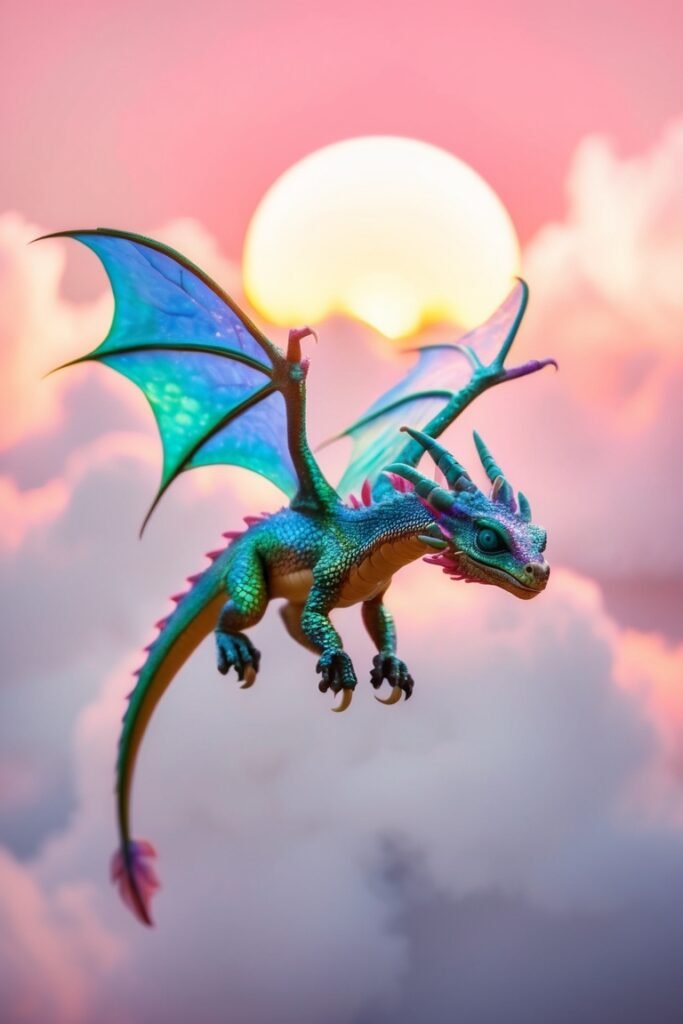
Examples of 3D Animation:
- Animated movies like Toy Story and Frozen
- Video games such as Call of Duty and Fortnite
- Product visualizations and architectural walkthroughs
Pros of 3D Animation:
- Realism and depth: The most significant advantage of 3D animation is its ability to create lifelike environments and characters. It adds a level of depth and detail that is impossible to achieve with 2D. This realism is essential in industries such as film, video games, and architectural visualization.
- Reusability: Once a 3D model is created, it can be reused across different scenes or projects. Unlike 2D, where each new frame requires redrawing, in 3D, models can be rigged (given a skeleton) and moved around the environment easily, saving time in future scenes or projects.
- Immersive experiences: 3D animation is often used for AR and VR projects due to its ability to create an immersive, interactive experience. Whether it’s a virtual reality tour of a new real estate development or a 3D product visualization, this form of animation can engage users on a deeper level.
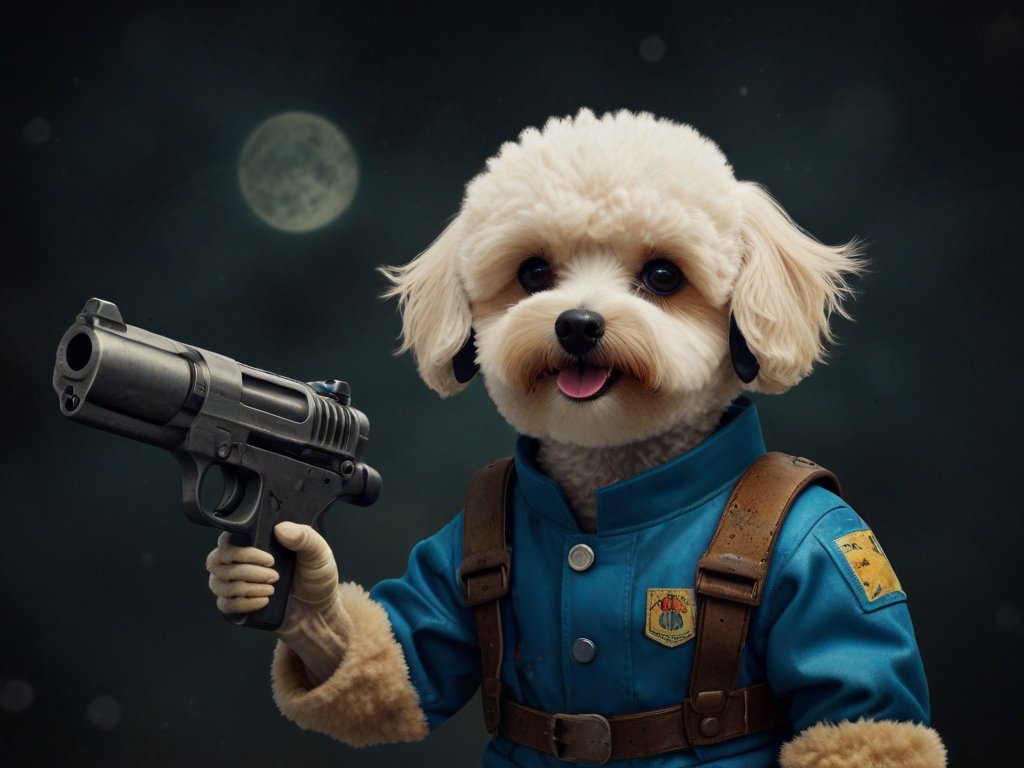
Cons of 3D Animation:
- Higher cost: Due to the complexity of modeling, rigging, and rendering, 3D animation generally requires a larger budget than 2D animation. Each frame must be rendered, which can be a time-consuming and resource-heavy process.
- Longer production time: 3D animation involves multiple stages, including modeling, texturing, rigging, lighting, and rendering, each requiring time and technical expertise. The rendering process alone can take several hours per frame, depending on the complexity of the scene.
- Technical complexity: Creating 3D animation requires a higher level of technical skill. Animators need to be well-versed in specialized software, and the production pipeline is often more complicated than for 2D projects.
For projects requiring realism, immersion, and complex visuals, 3D animation offers significant advantages. Explore how 3D animation is enhancing product visualization.
Key Differences Between 2D and 3D Animation
Now that we’ve explored what each type of animation entails, let’s summarize the core differences between 2D and 3D animation:
- Visual Style:
- 2D animation uses flat, hand-drawn or digitally drawn images. It has a more stylized, cartoon-like appearance and lacks the depth of 3D animation.
- 3D animation offers a realistic visual style with depth, texture, and detailed characters and environments.
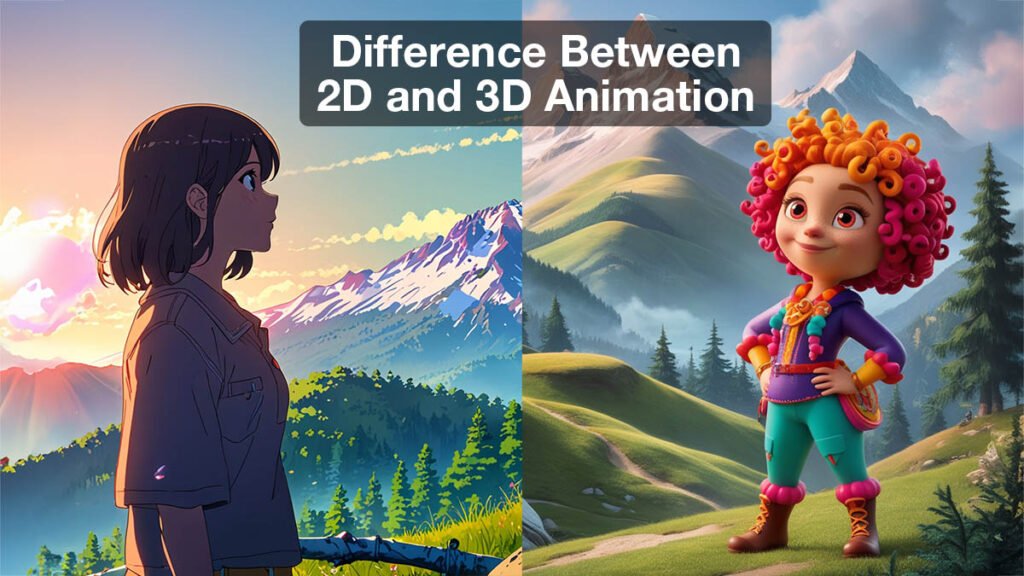
- Production Process:
- 2D animation involves drawing each frame individually, either by hand or with software. This method is simpler but more labor-intensive for complex scenes.
- 3D animation requires building models, rigging them, and then animating in a virtual 3D space. Once the models are created, they can be reused, but the process requires technical expertise and longer rendering times.
- Cost and Time:
- 2D animation is generally more cost-effective and faster to produce, making it ideal for smaller budgets and projects with tight timelines.
- 3D animation is more expensive due to the technical complexity and extended production time but offers more depth and realism, making it suitable for high-end projects.
- Applications:
- 2D animation is ideal for explainer videos, educational content, simple games, and stylized commercials.
- 3D animation excels in gaming, AR/VR experiences, product visualization, and films that require a high level of detail and realism.
How to Choose the Right Animation Style
To choose between 2D and 3D animation, consider the following factors:
- Budget:
If your project has a limited budget, 2D animation might be the best option. It’s cost-effective and can still deliver engaging visuals. However, if you have more resources and want to create a high-quality, immersive experience, 3D animation might offer a better return on investment. For budget-conscious projects, check out this guide on 2D animation pricing. - Project Goals:
Think about the goals of your project. If you’re telling a story that doesn’t need to be hyper-realistic, 2D animation could be the better fit. But if you’re creating a product demo, architectural walkthrough, or a virtual reality experience, 3D animation will likely be more effective in achieving your objectives. - Timeline:
2D animation generally offers a quicker turnaround, especially for simpler scenes. However, if your project requires extensive detail or realism, the extra time and investment in 3D animation can result in a more polished and visually appealing product. - Audience:
Consider your target audience. For instance, children’s programming and educational content often favor 2D animation for its simplicity and charm. In contrast, video games, AR/VR experiences, or detailed marketing campaigns often require the sophistication and depth that 3D animation provides.
Final Thoughts
Both 2D and 3D animation have unique strengths and weaknesses, and the choice between them depends on your project’s specific needs, budget, and timeline.
2D animation offers a cost-effective solution for simple, stylized storytelling, while 3D animation provides a realistic and immersive experience that’s perfect for more complex projects. Understanding these differences can help you make an informed decision and create content that resonates with your audience.
If you’re interested in learning more about animation techniques and how they can benefit your business, explore additional resources on animation trends here.



